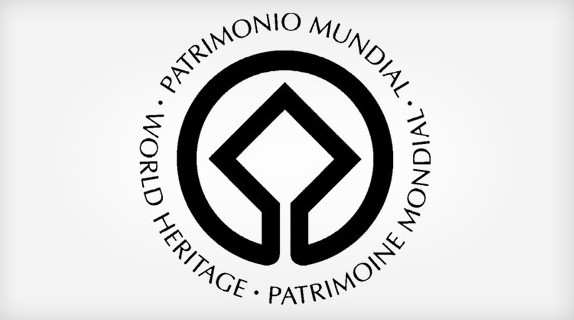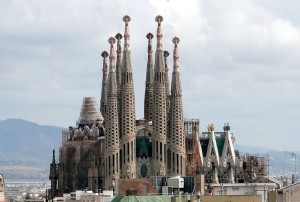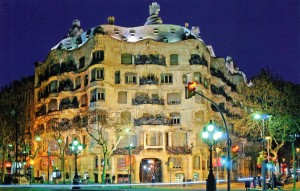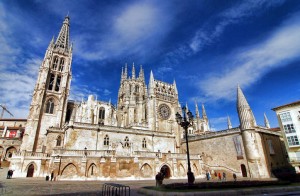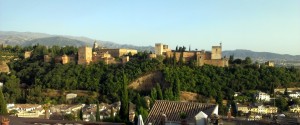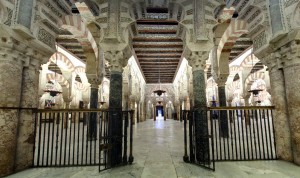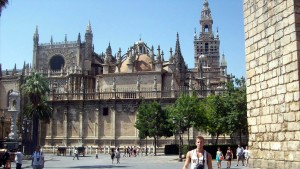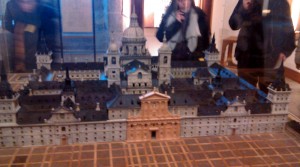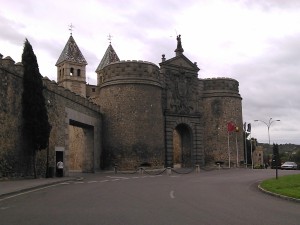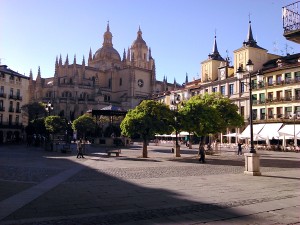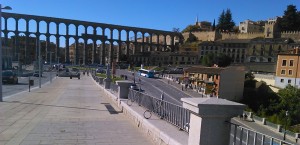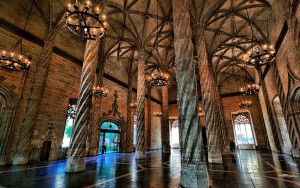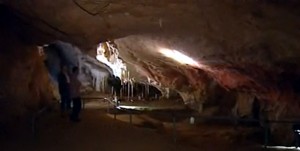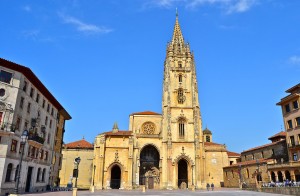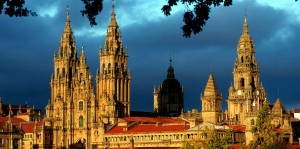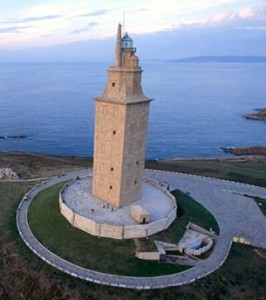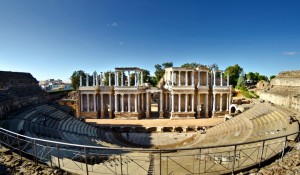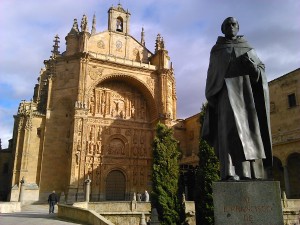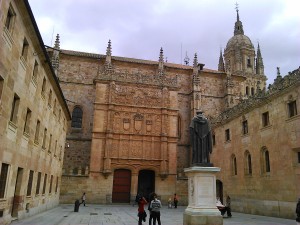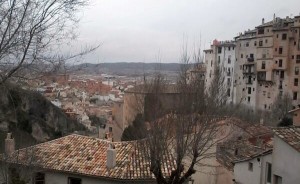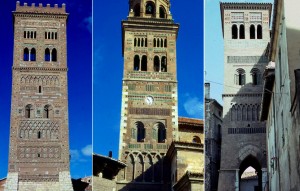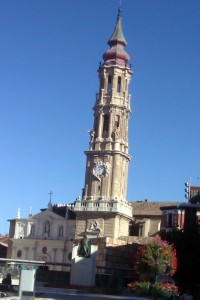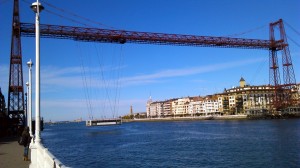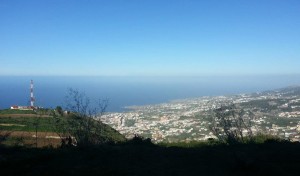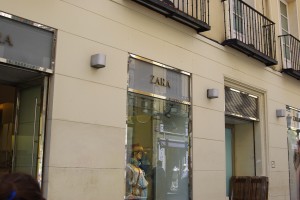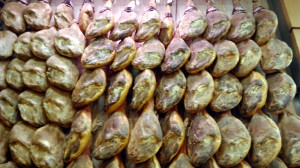Here you have a list with the most famous UNESCO World Heritage sites in Spain (Monumentos del Patrimonio de la Humanidad en España de la UNESCO). In the next list you will find the name of the monument, its city, province or region and the year of its inclusion as World Heritage site:
– Barcelona (Catalonia): The Gúell Park and Mila House (The Pedrera), added as UNESCO World Heritage sites in 1984. The Catalonian Music Palace (Palau de la música catalana) and The hospital of Sant Pau included in 1997. Basilica de la Sagrada Familia, included in 2005.
– Burgos (Castile Leon): TheCathedral of Burgos, year 1984. Sierra de Artapuerca (Burgos province), included in year 2000.
– Granada (Andalusia): Alhambra and Generalife, added in 1984 . The Albaicín neighborhood in Granada, 1994.
– Cordoba (Andalusia): Mosque of Cordoba, 1984. The Historic city of Córdoba, 1994.
– Sevilla (Andalusia): The Seville cathedral, The quarterdeck (Alcázar) and Archivos de indias, year 1987.
– El Escorial (Madrid region): The Royal Monastery of El Escorial added as World Heritage site in 1984.
– Aranjuez (Madrid region): Cultural landscape of Aranjuez, 2001.
– Alcalá de Henares (Madrid region): University of Alcalá de Henares and Old town, 1998.
– Toledo (Castile La Mancha): The Toledo historic city. Added to UNESCO list in 1986.
– Ávila (Castile Leon): The old city of Ávila and its walls in 1985.
– Segovia (Castile Leon): The Old city of Segovia and its Aqueduct, added as World Heritage sites in 1985.
– Valencia (Valencian region): The Silk market (La Lonja de la Seda), 1996.
– Cantabria region: Altamira caves (Cueva de Altamira), included in 1985.
– Oviedo (Asturias): Churchs (pre-romanesque churchs) 1985, an other monuments in Oviedo, 1998.
– Santiago de Compostela (Galicia): The old city of Santiago, 1985. The Saint James way, 1993.
– Lugo (Galicia): The roman walls, included in year 2000.
– A Coruña (Galicia): Torre de Hércules, 2009.
– Cáceres (Extremadura): The old city of Cáceres in 1986, and Santa Maria de Gudalupe Monastery, 1993.
– Mérida (Extremadura): 29 monuments in Merida and surroundings, included in 1993.
– Salamanca (Castile Leon): The old city of Salamanca, 1988.
– Tarragona (Catalonia): Archaeological complex of Tarragona, year 2000.
– Poblet (Catalonia): Monastery of Poblet, included in 1991.
– Lérida (Catalonia): Romanesque cultural landscape of Valle de Boi (Paisaje cultural románico), 2000.
– Cuenca (Castile La Mancha): The fortified and historic city of Cuenca, 1996.
– La Rioja region: San Millan de Yuso y Suso Monasteries, year 1997.
– Teruel (Aragón): The Mudejal towers and the cathedral roof (techumbre), year 1986.
– Zaragoza (Aragón): The Mudejar art of La Seo Cathedral, Aljaferia Palace and San Pablo church. Included in year 2001.
– Calatayud (Aragón): The Mudejar art of Santa Maria Church (in Cervera de la Cañada), Santa Tecla Chuch (in Tobed village) and Santa Maria Church, year 2001.
– Mediterranean rupestrian art of the Iberian Peninsula (arte rupestre de la cuenca mediterranea), included in 1998.
– Bilbao (Basque Country): Puente de Vizcaya, year 2006.
– Úbeda y Baeza towns (Jaén, Andalusia): Declared in World Heritage sites the 3rd of July 2003.
– Ibiza island (Balearic islands): Ibiza biodiversity and culture, 1999.
– San Cristobal de la Laguna (Santa Cruz de Tenerife, Canary Islands): Included as World Heritage site in 1999.
Read also our list with t he best cities and destinations in Spain, and the top monuments of Spain.
